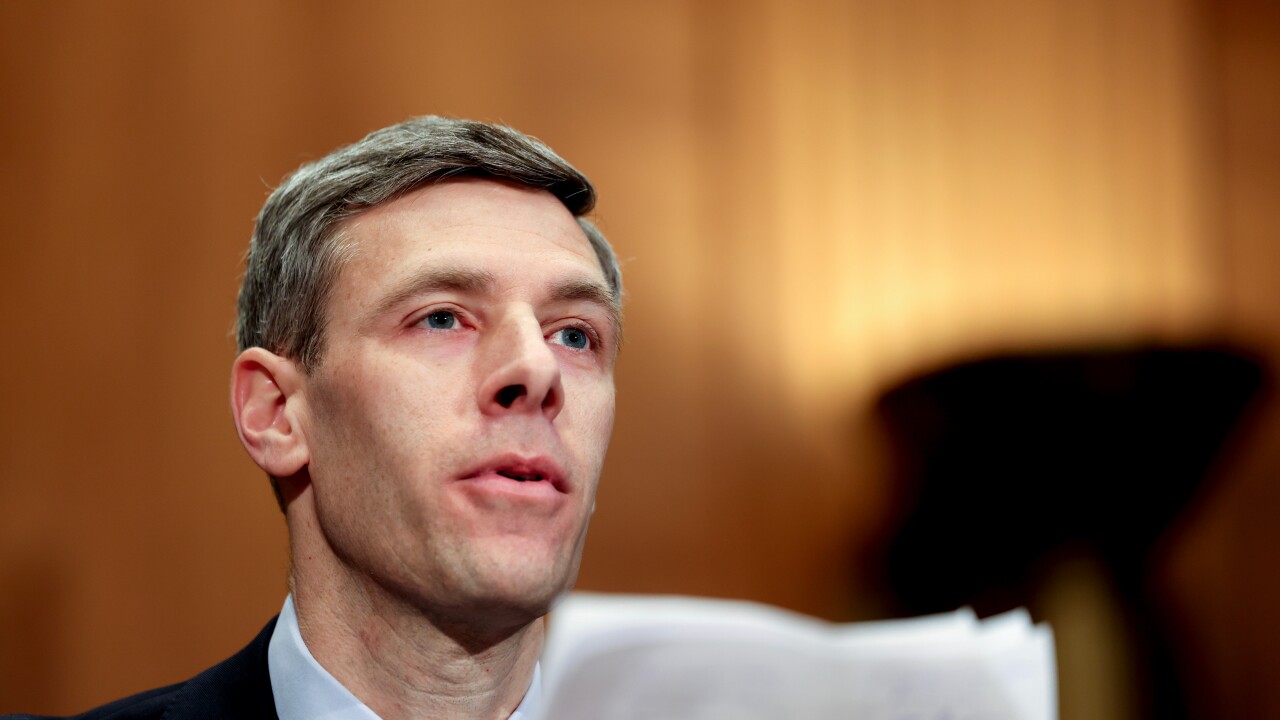The COVID-19 pandemic of 2020 saw some businesses become big winners — such as Zoom, Home Depot and payments companies like PayPal — while other businesses suffered heavily, most notably the travel and hospitality industries. Credit card issuers also suffered, as demand lagged heavily for new cards and their overall spending dropped considerably during the year.
“Consumers were averse to adding more debt, and lockdowns that put the kibosh on travel diluted the appeal of getting a new rewards card,” said Greg McBride, chief financial analyst at Bankrate.com. “Also, issuers’ tightened credit and approval rates declined for applicants with weaker credit. Whether this demand shift is temporary or permanent will depend on how issuers respond, and their success in appealing specifically to younger, would-be cardholders. But the threat to share of spend and receivables is real.”











